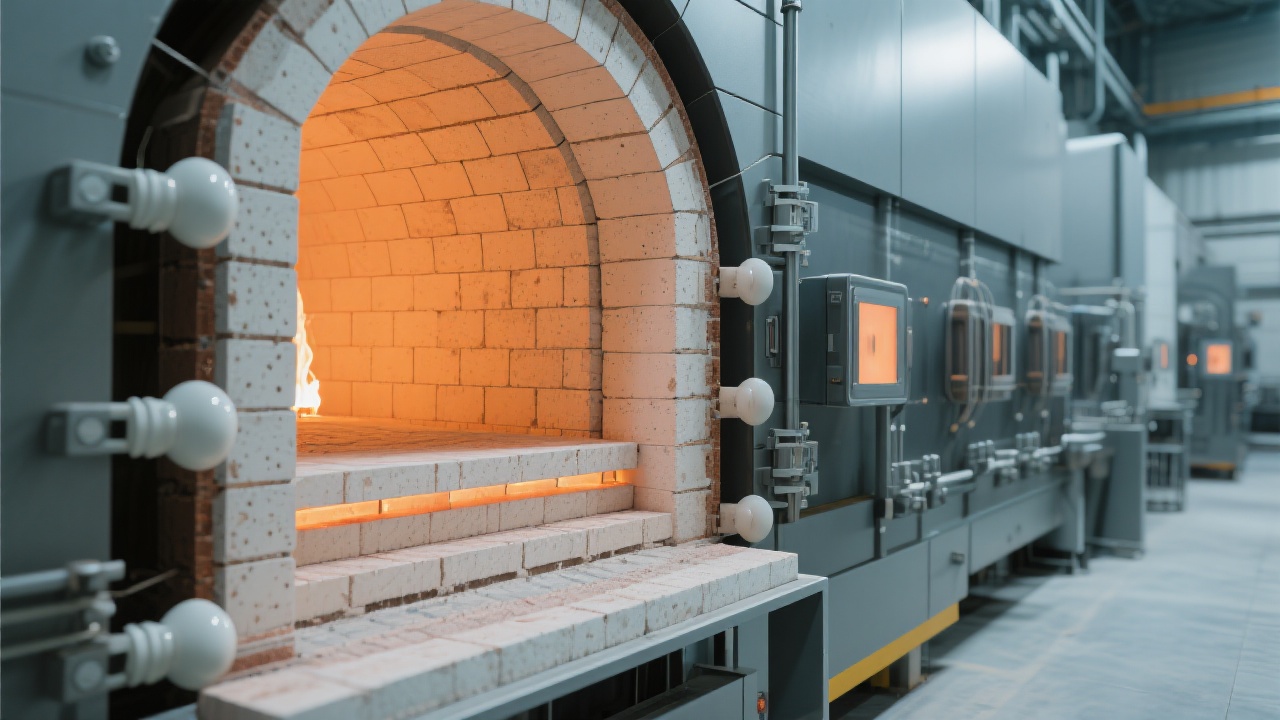
In industrial heat treatment processes—where precision and durability are non-negotiable—material selection directly impacts productivity, safety, and cost efficiency. Among the emerging solutions, cordierite porous materials have proven to be a game-changer for components like kiln cranks, installers, and support systems. With their unique microstructure and thermal stability, these materials aren’t just an upgrade—they’re a strategic investment in long-term operational excellence.
Cordierite’s low density (typically around 1.8–2.0 g/cm³) combined with a controlled pore structure gives it exceptional thermal shock resistance. Unlike traditional alumina or silicon carbide tools that crack under rapid temperature changes, cordierite maintains structural integrity even after repeated heating cycles—from room temperature to over 1200°C.
| Property | Cordierite (Porous) | Alumina (Standard) |
|---|---|---|
| Thermal Expansion Coefficient (ppm/°C) | ~1.5–2.0 | ~5.0–6.0 |
| Creep Rate at 1100°C (10⁻⁶/h) | ~0.5–1.0 | ~3.0–5.0 |
| Flexural Strength (MPa) | ~30–45 | ~40–60 |
Real-world testing conducted by leading ceramic manufacturers shows that cordierite-based kiln cranks last up to 3x longer than standard alternatives in continuous production environments. One European ceramics plant reported a 40% reduction in maintenance downtime within six months of switching to cordierite installation tools—a direct result of its superior anti-creep behavior and thermal fatigue resistance.
From crank arms to fiber blanket holders, cordierite enhances performance across multiple critical parts:
These improvements translate into measurable ROI—not just through reduced replacement frequency but also through enhanced product consistency and lower energy consumption per batch.

For engineering teams looking to optimize kiln tooling without sacrificing reliability, cordierite isn't just another option—it's a performance multiplier. Whether you're running ceramic sintering lines, glass manufacturing furnaces, or metal heat treatments, this material delivers tangible benefits from day one.
Ready to see how cordierite can extend your equipment lifespan and cut operating costs? Get your free technical datasheet and case study pack today—no obligation, no spam.
Download Free Technical Guide Now →
